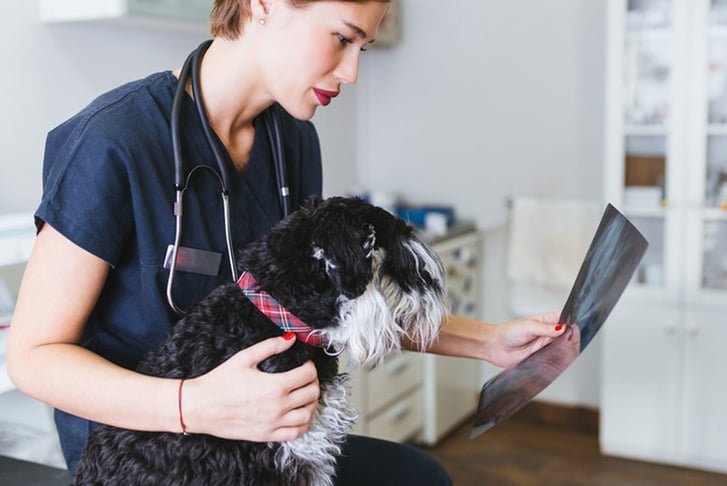Discover the best ways to handle and look after furry friends with today’s course…
We’re offering you an online ‘Veterinary Support Assistant’ course for £11, saving you 91% off Holly and Hugo’s price of £119.
Modules:
Module 1: Veterinary Practice And The Veterinary Support Assistant
- 1.1 Understand how a veterinary practice works and where you fit in
- 1.2 Discover the important role of a Veterinary Support Assistant
- 1.3 Find out about the structure of a veterinary clinic
- 1.4 What role each person plays
- 1.5 Importance of confidentiality and professionalism
Module 2: Developing Your Skill Set
2.1 What you will find in the Practice Manual
2.2 Know your breeds so you know how to handle them
2.3 Listen and learn from what the vet tells clients
2.4 The importance of legally-binding consent forms
2.5 Phone skills to create a first-class impression
2.6 Tips for working at reception
2.7 How to deal with anxious clients
2.8 Using your initiative to be one step ahead of the game
2.9 Looking and acting like a professional
Module 3: Veterinary Terminology
3.1 Commonly used terms and their meanings
3.2 Common procedures you will encounter
3.3 Abbreviations
3.4 Equipment within the practice
Module 4: Basic Animal Handling
4.1 The principles of handling animals
4.2 How to correctly handle dogs
4.3 Handling cats for tests or operations
4.4 Handling small mammals
4.5 Handling exotic animals safely
Module 5: Animal Psychology
5.1 Find out how animals react to stress
5.2 Reading body language so you can react in the right way
5.3 Minimising stress so animals become calmer
5.4 Recognising and dealing with pain in animals
Module 6: Advanced Animal Handling
- 6.1 Tools for handling the fractious animal
- 6.2 Restraining the fractious animal so he can be treated
- 6.3 Holding an animal for a medical examination
- 6.4 Holding an animal for a minor procedure
- 6.5 Holding an animal for a blood draw
Module 7: Around The Veterinary Practice
- 7.1 Surgery theatre protocol to contain germs and diseases
- 7.2 Disinfecting and cleaning protocols for the consultation room
- 7.3 How to prepare animals for operations and surgical procedures
- 7.4 Techniques for sterilising instruments
- 7.5 Importance of disinfection and disease control
Module 8: Care Of In Patients
- 8.1 How to monitor animals, update charts and spot what is normal and what isn’t
- 8.2 Why TLC is vital in providing the optimum environment
- 8.3 Special measures such as hand feeding and critical care
- 8.4 Taking and reporting vital signs
Module 9: Feeding Animals
- 9.1 Feeding healthy animals - types of foods
- 9.2 Giving the correct advice about food and surgery
- 9.3 Life stage nutrition for animals of all ages
- 9.4 Administering prescription diets
- 9.5 How to feed a sick animal back to health
Module 10: Basic Anatomy
10.1 Learning important anatomical terms
10.2 How animals differ from people
Module 11: Basic Physiology
- 11.1 Getting to know physiological terms
- 11.2 Monitoring and understanding temperature, pulse and respiration rates
Module 12: Euthanasia
- 12.1 Helping pet guardians make a difficult decision
- 12.2 Making arrangements for end of life choices
- 12.3 Euthanasia etiquette - dealing with the emotional side
- 12.4 How euthanasia is performed
12.5 Deciding on a burial or cremation
Module 13: Emergencies
- 13.1 Dealing with an emergency
- 13.2 Your role during an emergency
- 13.3 Basic principles of resuscitation
Module 14: First Aid
- 14.1 Learning basic first aid techniques
- 14.2 How to help an animal which is bleeding
- 14.3 Symptoms of shock and how to treat them
- 14.4 Dealing with breathing difficulties
- 14.5 Handling fractures
Module 15: Health & Safety, And Regulations
- 15.1 Risks within the veterinary environment
- 15.2 The importance of hygiene
- 15.3 Ionising radiation regulations
- 15.4 Prescribing regulations
- 15.5 Disposal of clinical waste


